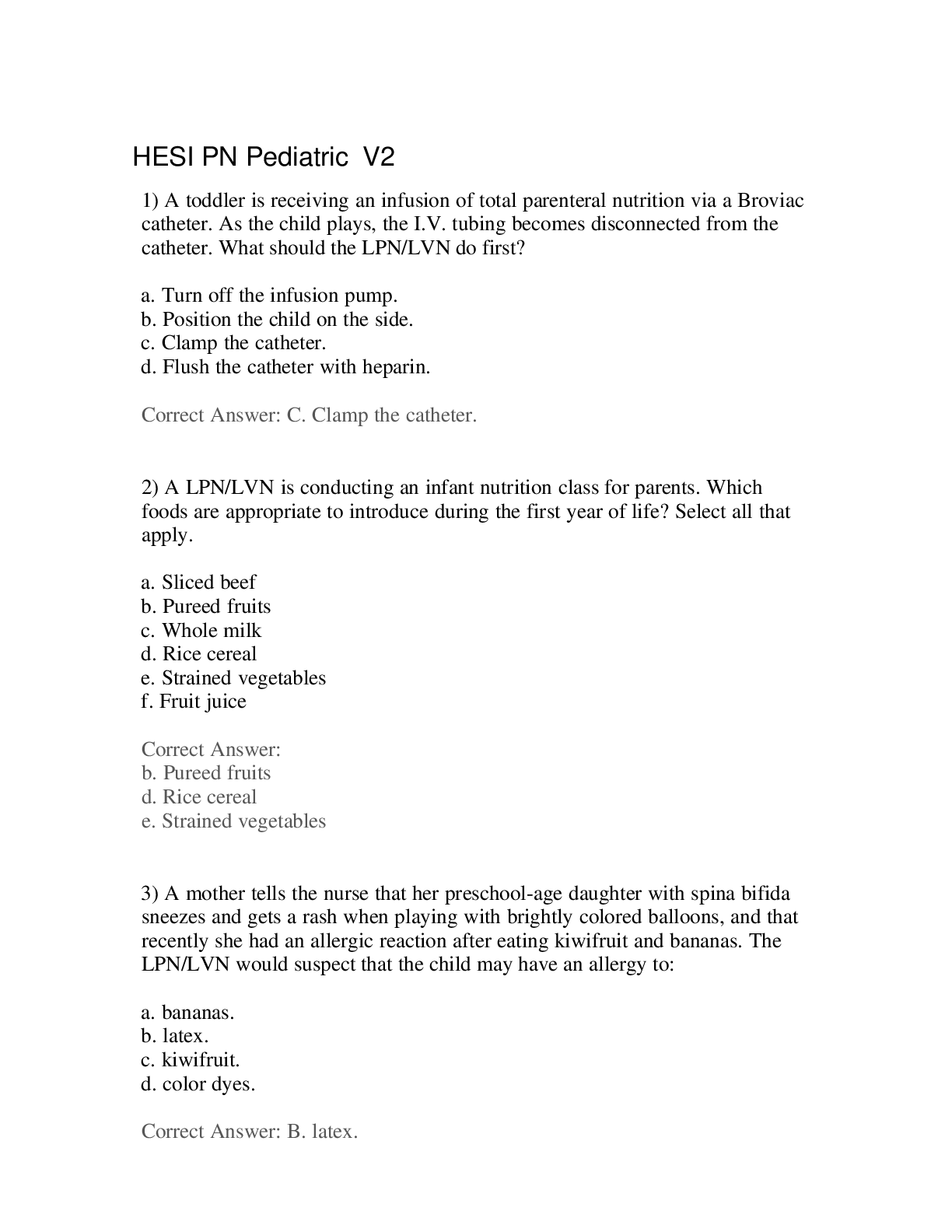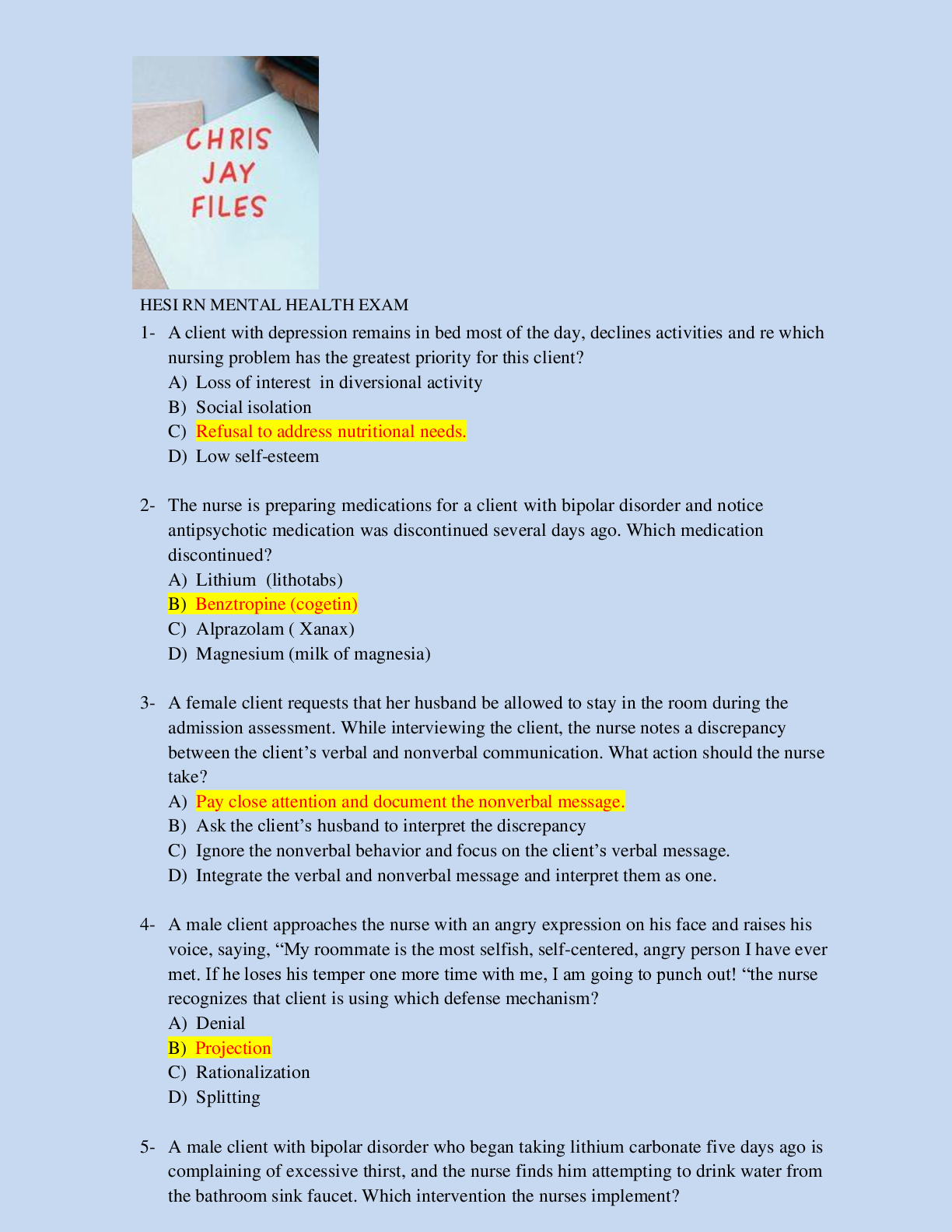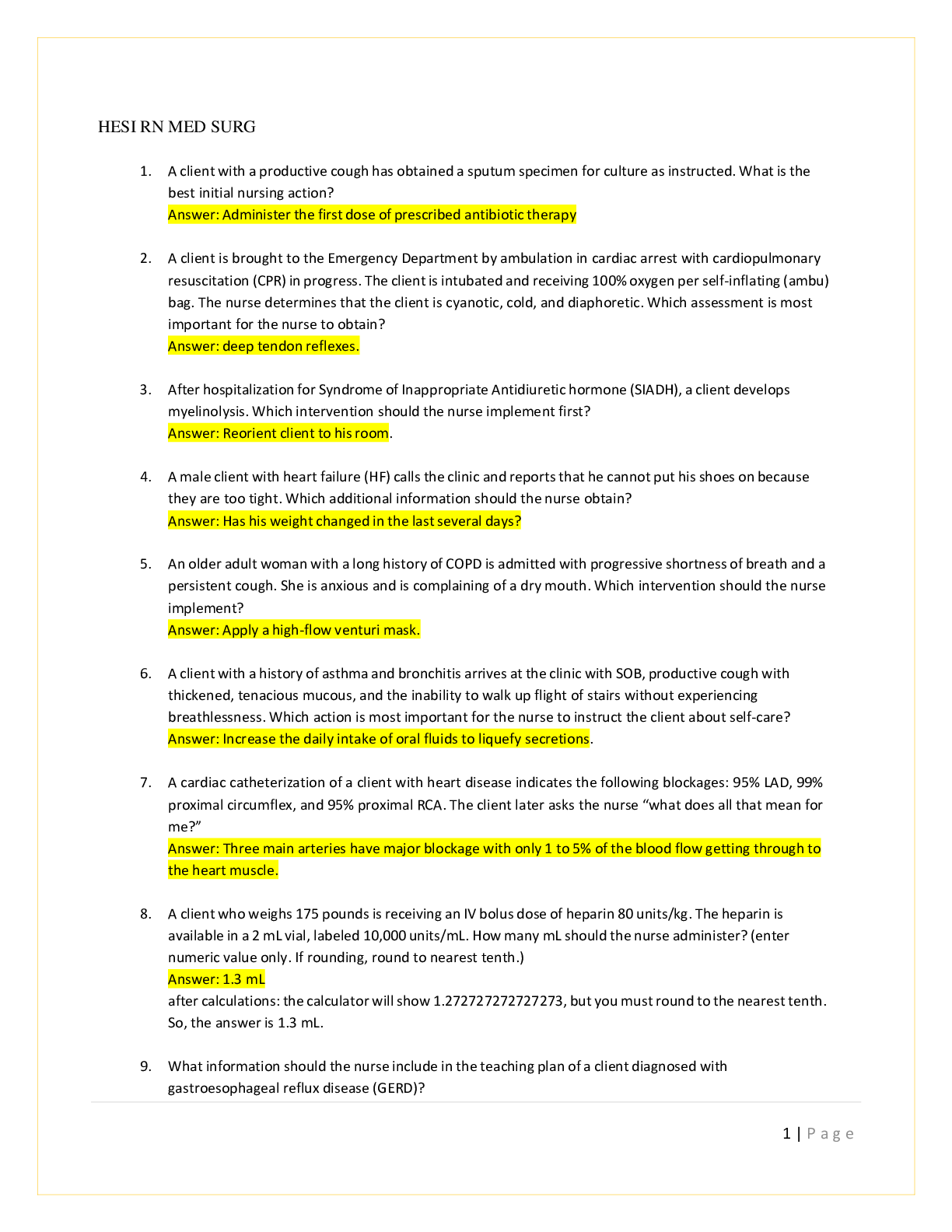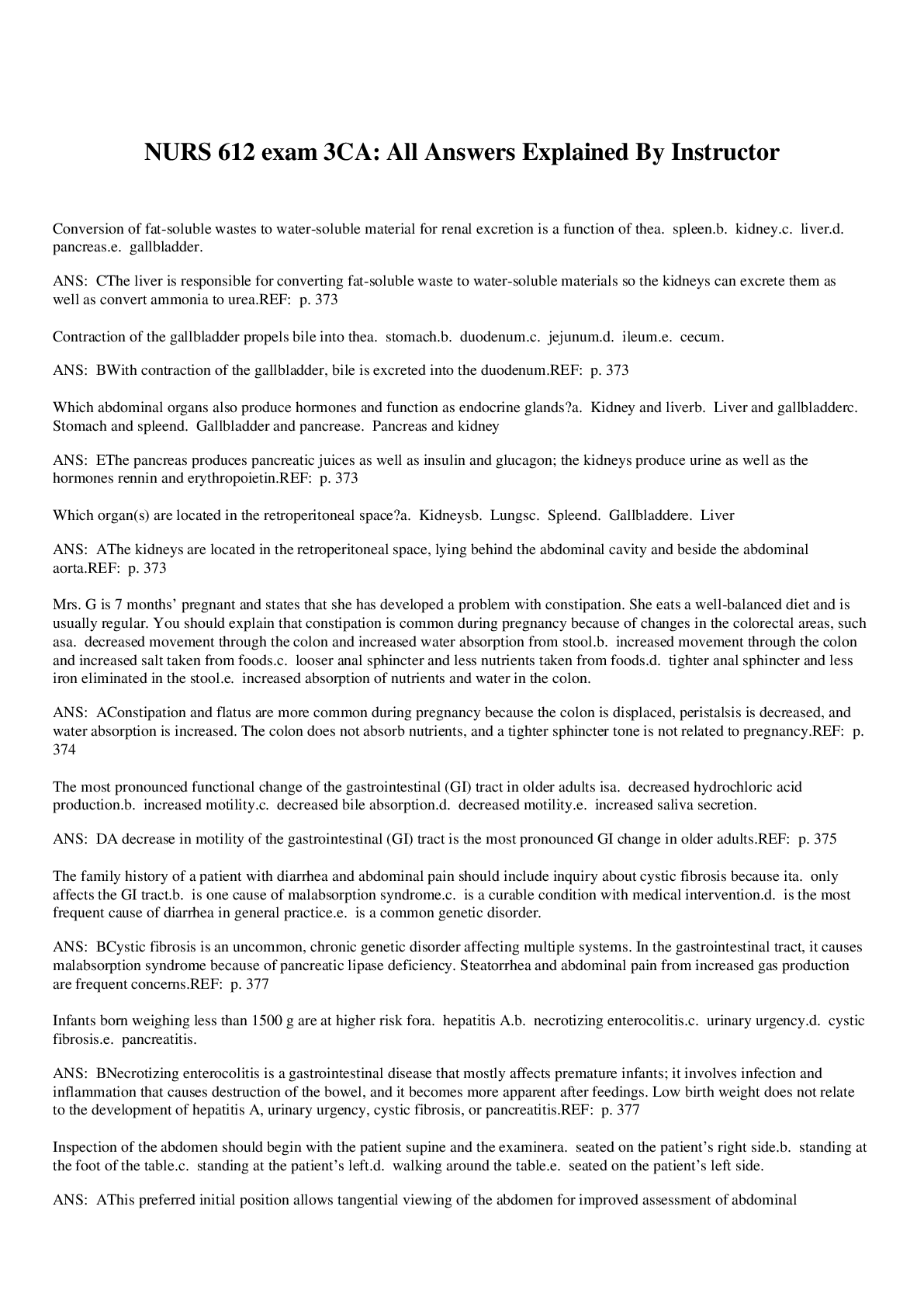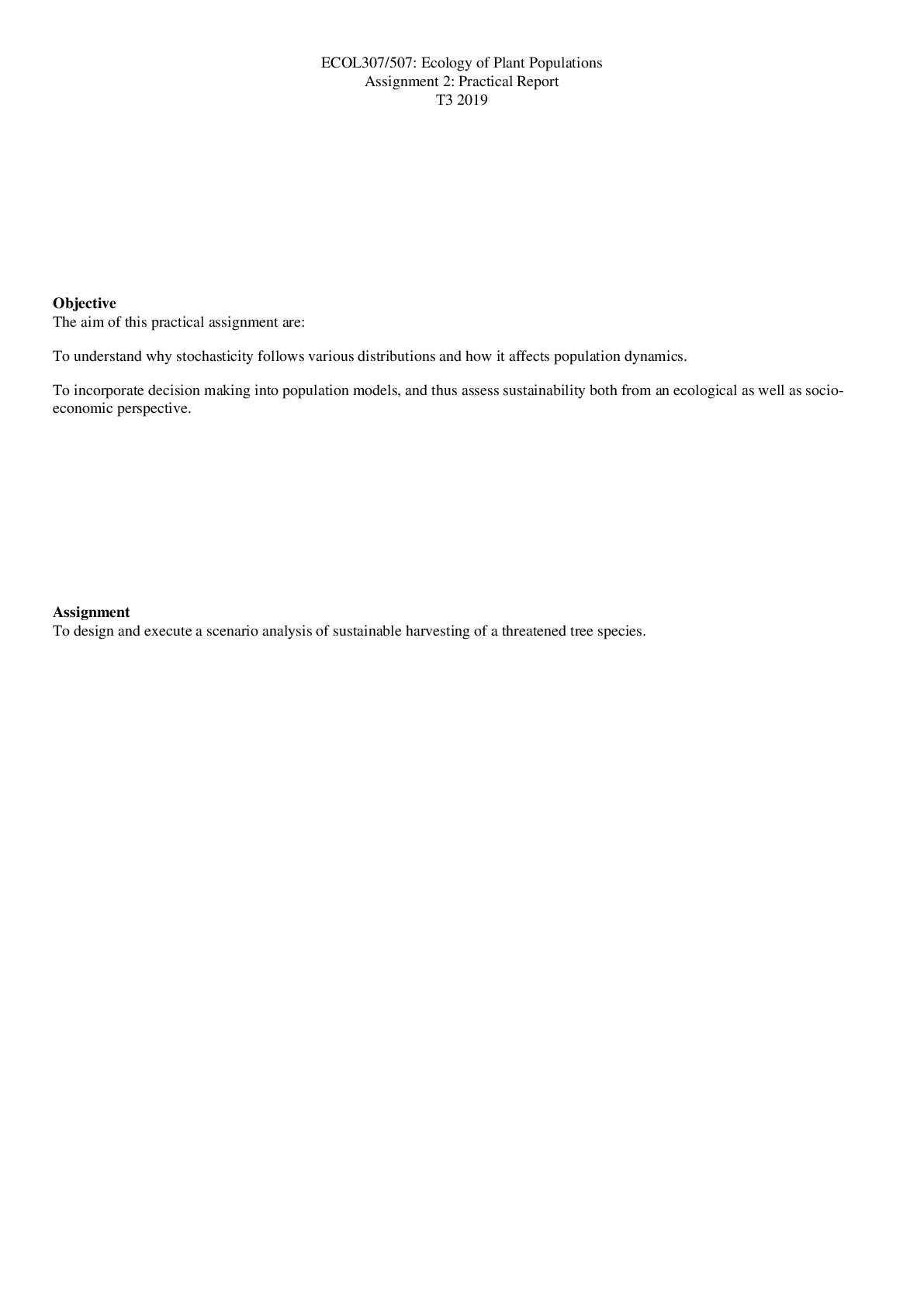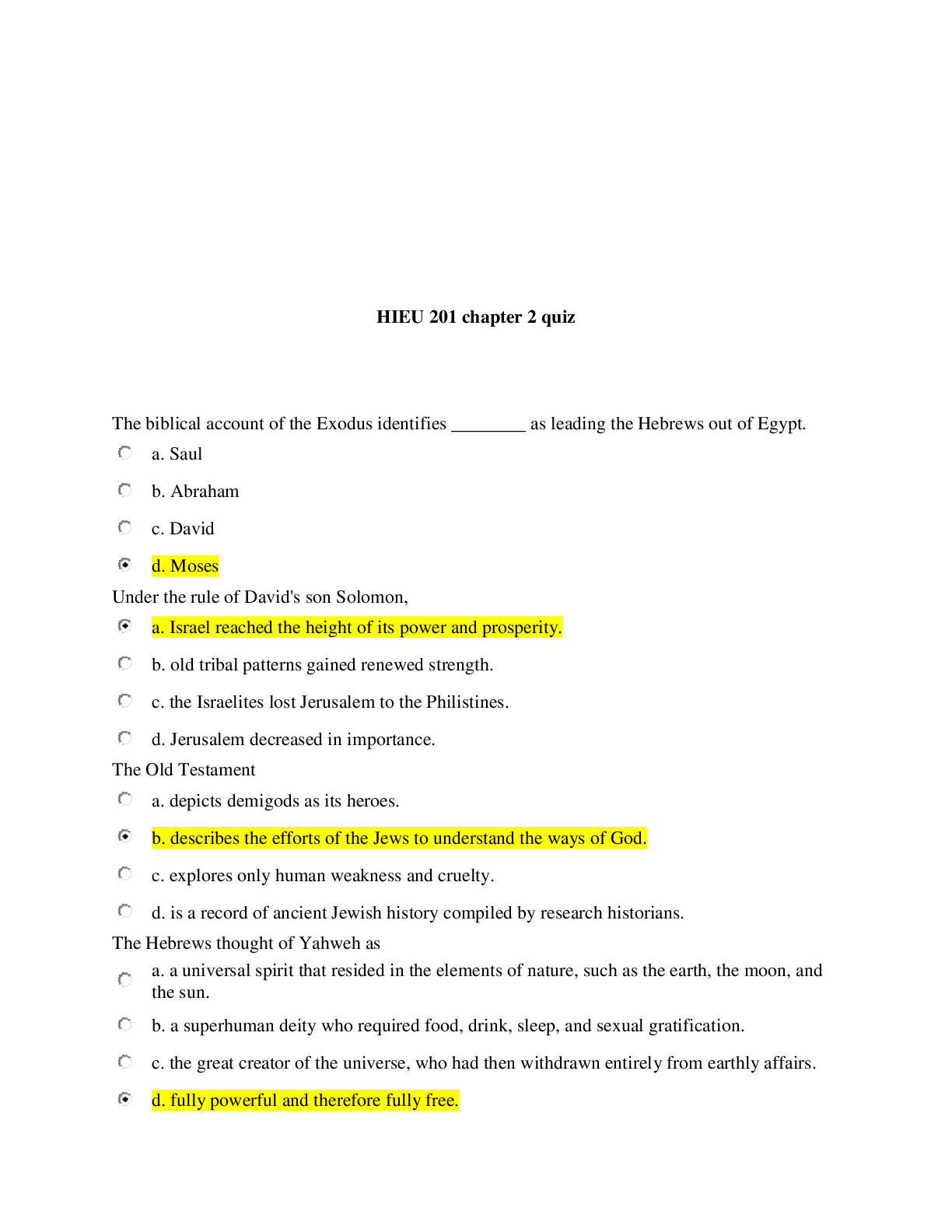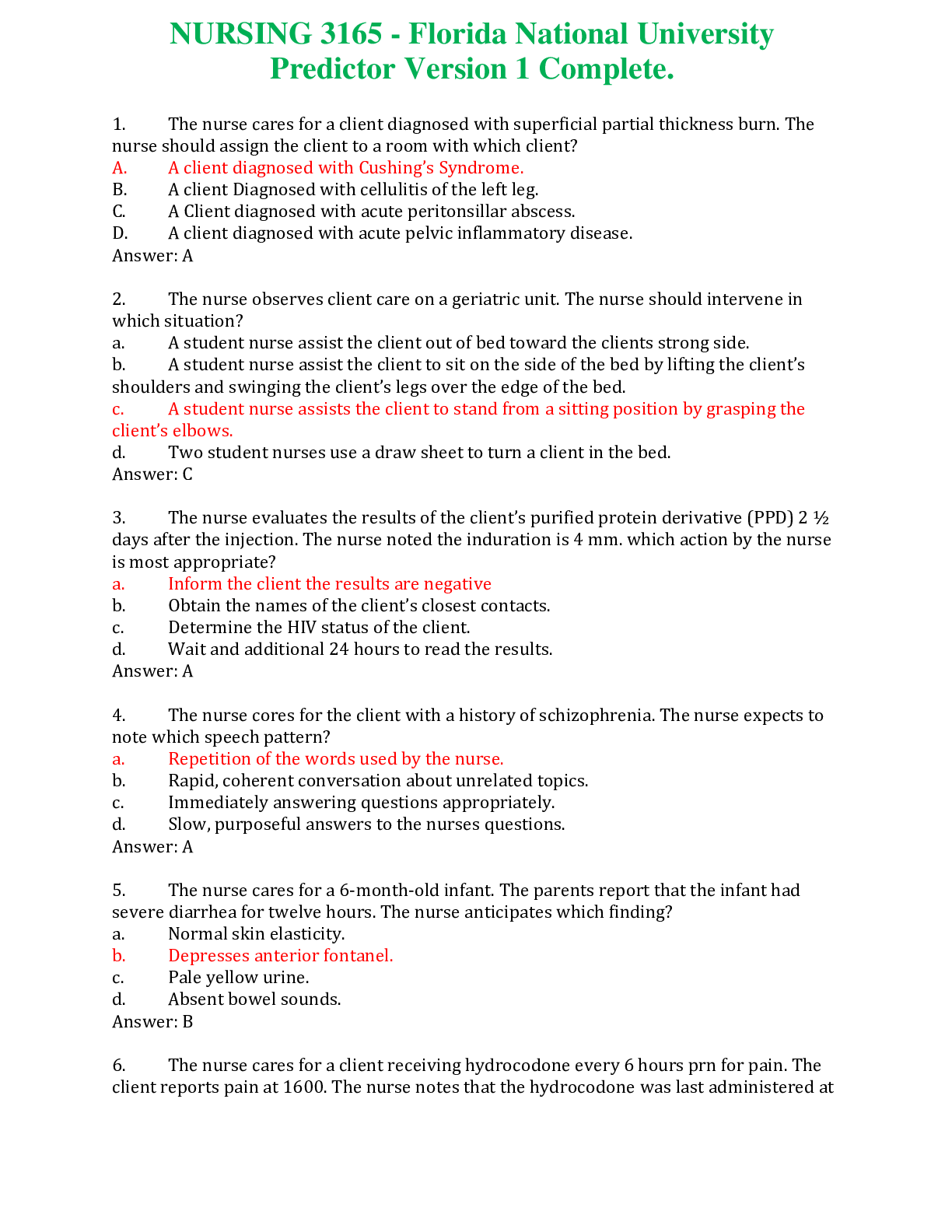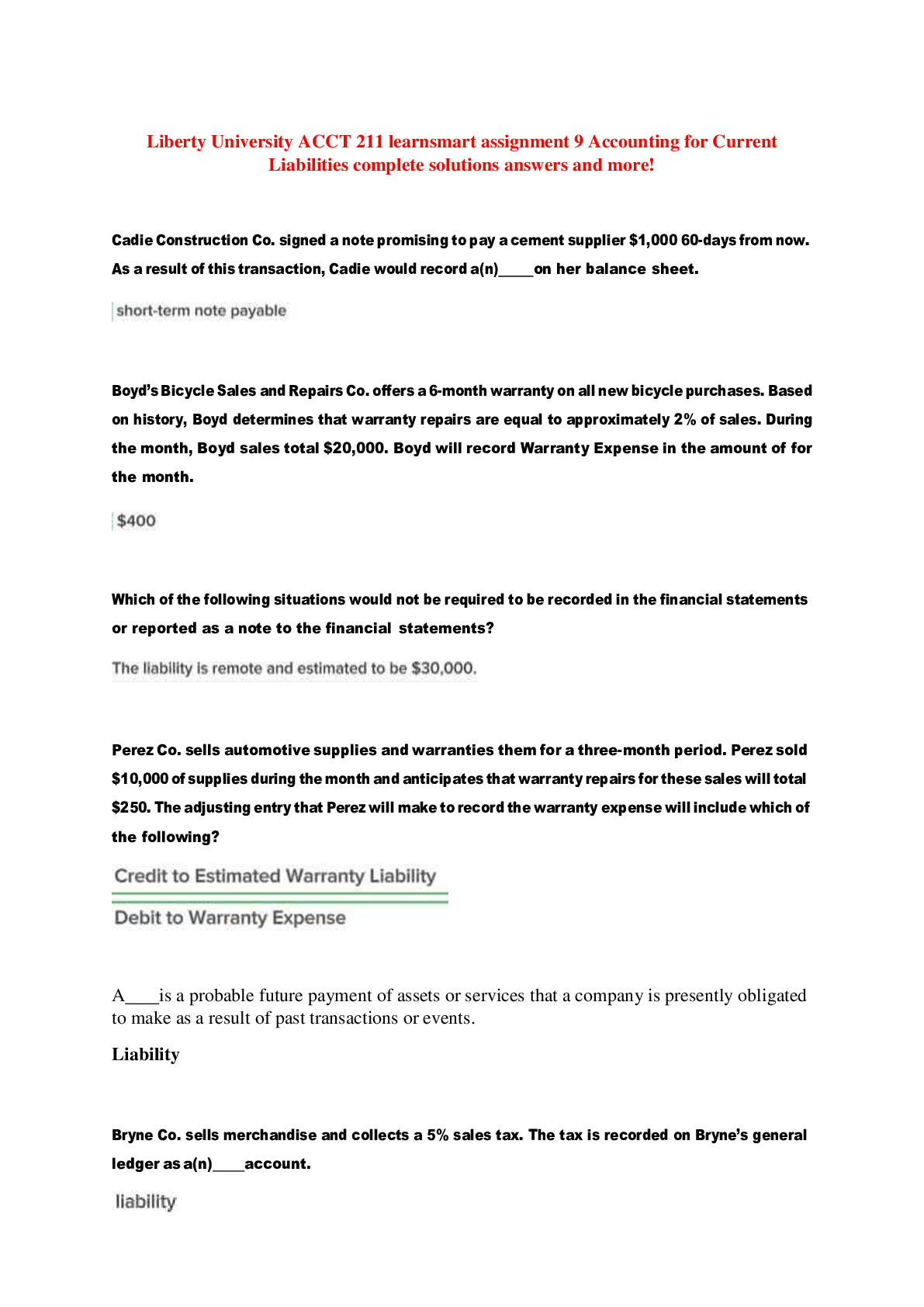*NURSING > QUESTIONS & ANSWERS > HESI RN Maternal (All)
HESI RN Maternal
Document Content and Description Below
HESI RN Maternal 1. A 38-week primigravida who works as a secretary and sits at a computer for 8 hours each day tells the nurse that her feet have begun to swell. Which instruction would bemost effe... ctive in preventing pooling of blood in the lower extremities? Move about every hour Pooling of blood in the lower extremities results from the enlarged uterus exerting pressure on the pelvic veins. Moving about every hour will straighten out the pelvicveins and increase venous return. 2. A 26-year-old, gravida 2, para 1 client is admitted to the hospital at 28-weeks gestationin preterm labor. She is given 3 doses of terbutaline sulfate (Brethine) 0.25 mg subcutaneously to stop her labor contractions. The nurse plans to monitor for which primary side effect of terbutaline sulfate? Tachycardia and a feeling of nervousness Terbutaline sulfate (Brethine), a beta-sympathomimetic drug, stimulates beta-adrenergicreceptors in the uterine muscle to stop contractions. The beta-adrenergic agonist properties of the drug may cause tachycardia, increased cardiac output, restlessness, headache, and a feeling of "nervousness". 3. When do the anterior and posterior fontanels close? anterior fontanel closes at 12 to 18 months and the posterior by the end of the secondmonth. 4. When assessing a client who is at 12-weeks gestation, the nurse recommends that sheand her husband consider attending childbirth preparation classes. When is the best time for the couple to attend these classes? 30 weeks gestation at 30 weeks gestation is closest (of the options) to the time parents would be ready forsuch classes. Learning is facilitated by an interested pupil! The couple is most interested in childbirth toward the end of the pregnancy when they are psychologicallyready for the termination of the pregnancy, and the birth of their child is an immediate concern. 5. The nurse should encourage the laboring client to begin pushing when...the cervix is completely dilated. Pushing begins with the second stage of labor, i.e., when the cervix is completely dilated at 10 cm (C). If pushing begins before the cervix is completely dilated the cervixcan become edematous and may never completely dilate, necessitating an operative 1 delivery. Many primigravida’s begin active labor 100% effaced and then proceed todilate. 6. The nurse instructs a laboring client to use accelerated-blow breathing. The client begins to complain of tingling fingers and dizziness. What action should the nurse take? Have the client breathe into her cupped hands Tingling fingers and dizziness are signs of hyperventilation (blowing off too much carbon dioxide). Hyperventilation is treated by retaining carbon dioxide. This can befacilitated by breathing into a paper bag or cupped hands. 7. Twenty-four hours after admission to the newborn nursery, a full-term male infant develops localized edema on the right side of his head. The nurse knows that, in the newborn, an accumulation of blood between the periosteum and skull which does notcross the suture line is a newborn variation known as... a cephalohematoma, caused by forceps trauma and may last up to 8 weeks. Cephalohematoma, a slight abnormal variation of the newborn, usually arises within the first 24 hours after delivery. Trauma from delivery causes capillary bleeding between theperiosteum and the skull. 8. When does the head return to its normal shape? 7-10 days 9. What did Nurse theorist Reva Rubin describe? The initial postpartum period as the "taking-in phase," which is characterized by maternal reliance on others to satisfy the needs for comfort, rest, nourishment, andcloseness to families and the newborn. 10. A couple, concerned because the woman has not been able to conceive, is referred to ahealthcare provider for a fertility workup and a hysterosalpingography is scheduled. Which post procedure complaint indicates that the fallopian tubes are patent? Shoulder pain If the tubes are patent (open), pain is referred to the shoulder from a sub diaphragmatic collection of peritoneal dye/gas. 11. Which nursing intervention is most helpful in relieving postpartum uterine contractions or "afterpains?" Lying prone with a pillow on the abdomen Lying prone keeps the fundus contracted and is especially useful with multiparas, whocommonly experience afterpains due to lack of uterine tone. 2 12. Which maternal behavior is the nurse most likely to see when a new mother receivesher infant for the first time? Her arms and hands receive the infant and she then traces the infant's profile with herfingertips. Attachment/bonding theory indicates that most mothers will demonstrate behaviors described in during the first visit with the newborn, which may be at delivery or later. [Show More]
Last updated: 1 year ago
Preview 1 out of 64 pages
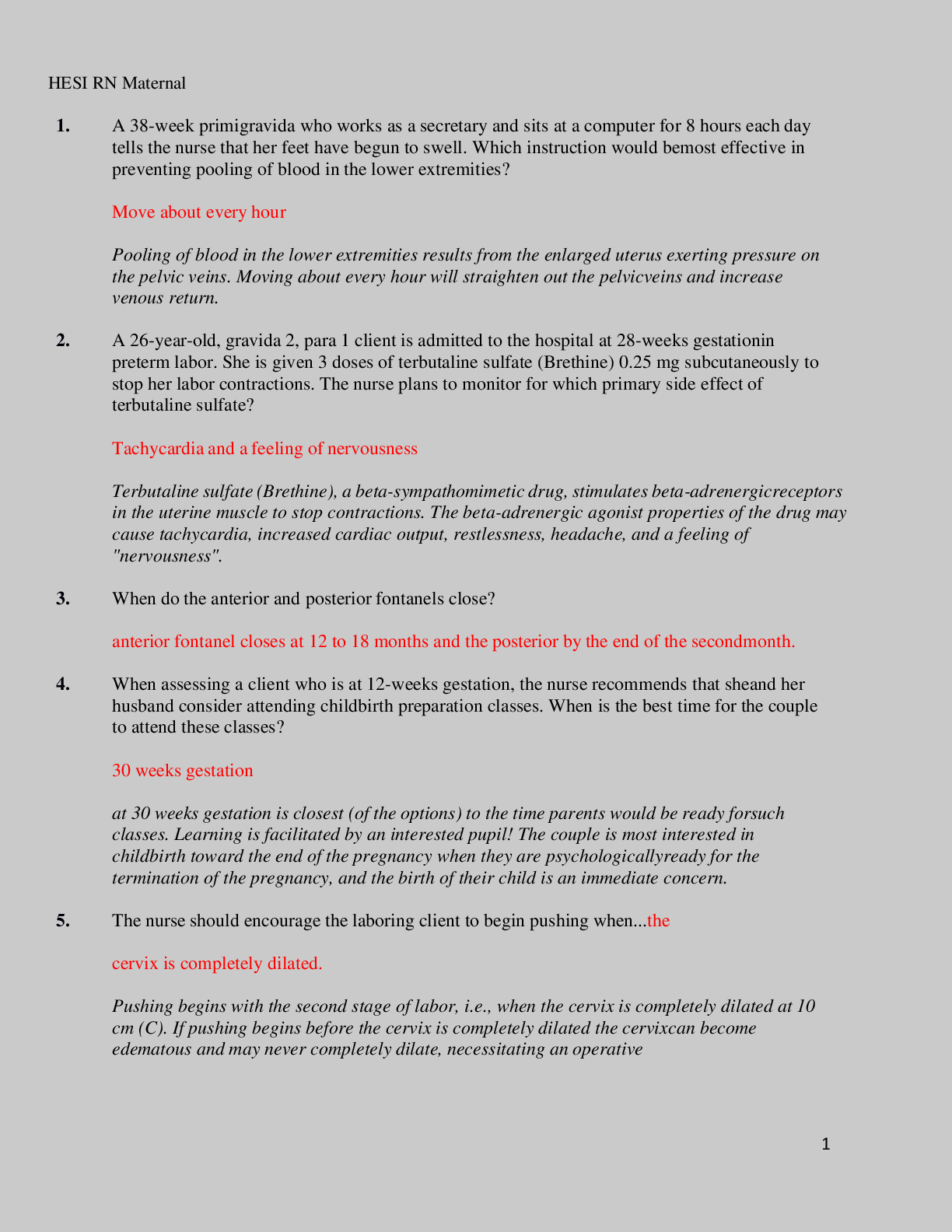
Buy this document to get the full access instantly
Instant Download Access after purchase
Add to cartInstant download
We Accept:

Reviews( 0 )
$14.50
Document information
Connected school, study & course
About the document
Uploaded On
Dec 02, 2021
Number of pages
64
Written in
Additional information
This document has been written for:
Uploaded
Dec 02, 2021
Downloads
0
Views
51



